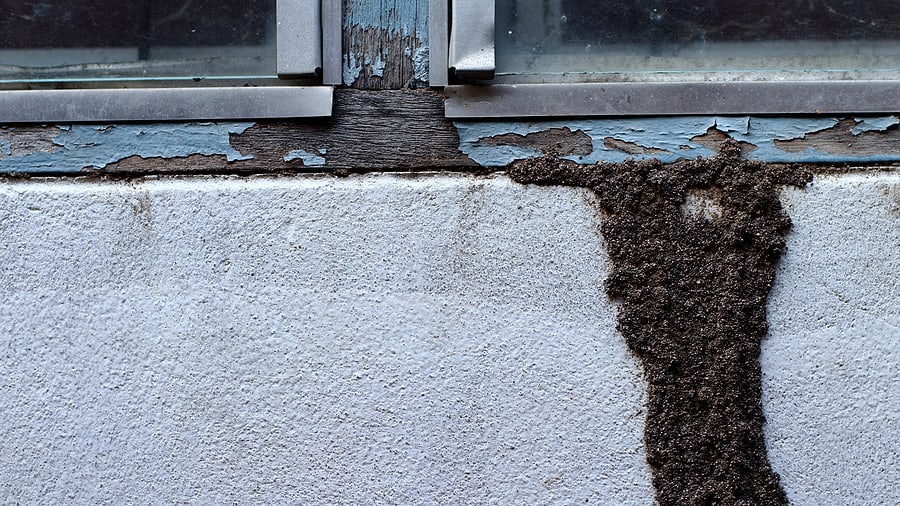READY TO GET STARTED?
REQUEST A FREE ESTIMATE
Fill out the form below or call (888) 466-7849 for a free, no-obligation estimate.

An annual termite inspection is a huge part of termite control. These inspections not only look for signs of termite activity and previous damage, they also look for any areas of your home that might be at risk for future termite infestations. Although termite season peaks in spring and early summer, you can schedule your inspection at any time during the year. What’s most important is that you have it done every year; termites can go undetected for long periods of time so annual inspections can help catch this activity early, saving you on costly treatments and repairs.
The good news about termite inspections is that most companies will perform them for free (unless it’s part of a real estate transaction). In most cases, once the inspection is complete then you will pay for either a treatment (if activity is found) and/or to have your termite bond renewed for the next year.
Once you schedule your termite inspection, the next step is to prepare for your technician’s arrival. Make sure to remove anything under your kitchen and bathroom sinks to allow them to check for any water damage or termite activity in these hotspot areas. In your garage, make sure anything stacked against the walls is pulled out at least 2 feet. The same goes for anything touching the exterior walls of your home. Remove any items that might be blocking the entrance to your attic or crawlspace. Trim any bushes or plants that conceal your exterior walls, crawlspace opening, or foundation.
The average inspection will last anywhere from 45 minutes to 2 hours, depending on the size of your home and property. A technician will carefully inspect both the inside and outside of your home, looking for signs of termites including droppings, discarded wings, mud tubes, damaged wood, and live termites). They will also check for any signs of previous termite damage. A termite inspection should include examination of baseboards, walls, windows, crawlspaces, door frames, windowsills and frames, inside cabinets and closets, attics, garages, and foundations. They will take extra care when inspecting kitchens, bathrooms, and utility rooms since termites will often use plumbing that passes through foundations to gain access to your home. They will also check the surrounding property and outbuildings, as well.
If termite activity is detected, appropriate termite treatment options will be suggested. If there are no signs of activity or infestation, termite prevention tips may also be recommended to help prevent any future damage. Some things you can do around the house include:
If you suspect termite activity or just want to get a step ahead at termite prevention, contact your local pest control company and schedule your free inspection.
How to Continue Caring for Your Lawn in the Fall
9 Common Spiders To Look Out For This Fall
Fall Spider Identification Guide
Categories